How to Attract More Bookings: Digital Marketing for Holiday Parks
How do you attract more online bookings? Through effective digital marketing for holiday parks. That is the short answer. Now to explain exactly how and why.
To promote your park, its most attractive features, and its surrounding area effectively, you must place your promotional material where it will be seen. Today, and even more so tomorrow, the place people are looking is the internet.
Digital marketing refers to all practices carried out to promote a service or product online. Done properly, it saves time and maximises profits. And they are just its main advantages.
But what does digital marketing for holiday parks involve?
It is made up of 6 core practices: content marketing, social media marketing, email marketing, SEO, PPC, and analytics.
We will now explain these practices and advise how you can use them to ensure your resort looks its best and is seen by the maximum number of your ideal potential guests online.
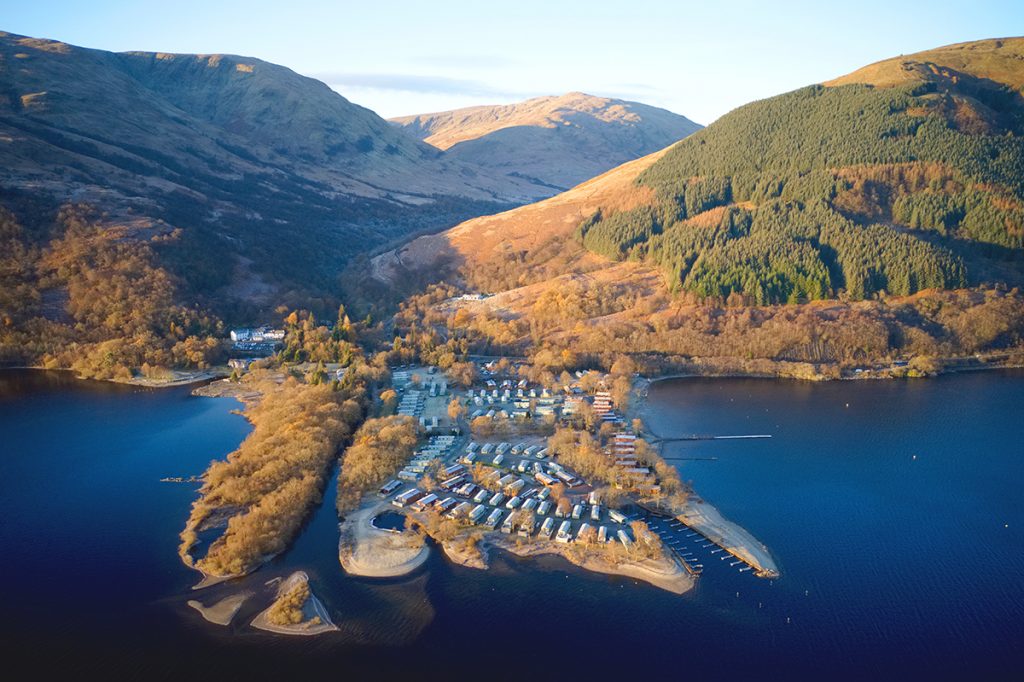
Content marketing for holiday parks
Content marketing involves creating and sharing digital content designed to promote your park. In the context of digital marketing for holiday parks, ‘promote your park’ means moulding and increasing online awareness, attracting visitors to your website, and creating business leads.
There are two main types of digital content.
Blog posts
Blog posts are articles. They are like the ones you read in magazines, except they are published online. They are the most common type of content marketing. Regularly publishing articles that include keywords for SEO (search engine optimisation) on your website’s blog page is a very effective way to draw potential guests to your website. The more visitors your website attracts, the further awareness of your park will spread, and the more sales leads it will generate. Promoting blogs pages and individual posts in e-shots and on social media helps them reach more potential readers.
For potential guests, blog articles are an invaluable source of information about your park.
But what should you write about? Consider what potential guests would want to know about your park and its surrounding area, and make sure to emphasise its top-selling points and USPs (unique selling propositions).
Say, for example, your park is on the edge of the Mendip Hills Area of Outstanding Natural Beauty. Lots of people will have heard of the Mendips but will not know much about them and would be interested in finding out more. There are probably also plenty of potential guests with specific interests who would be keen to learn about the ancient towns, rocky gorges and spectacular caves in and around the Mendips.
It would therefore be a good idea to write and publish an article titled Things to Do in the Mendip Hills. A blog article with this title would promote your park’s area and is likely to be the exact phrase many of your potential guests will be searching for online.
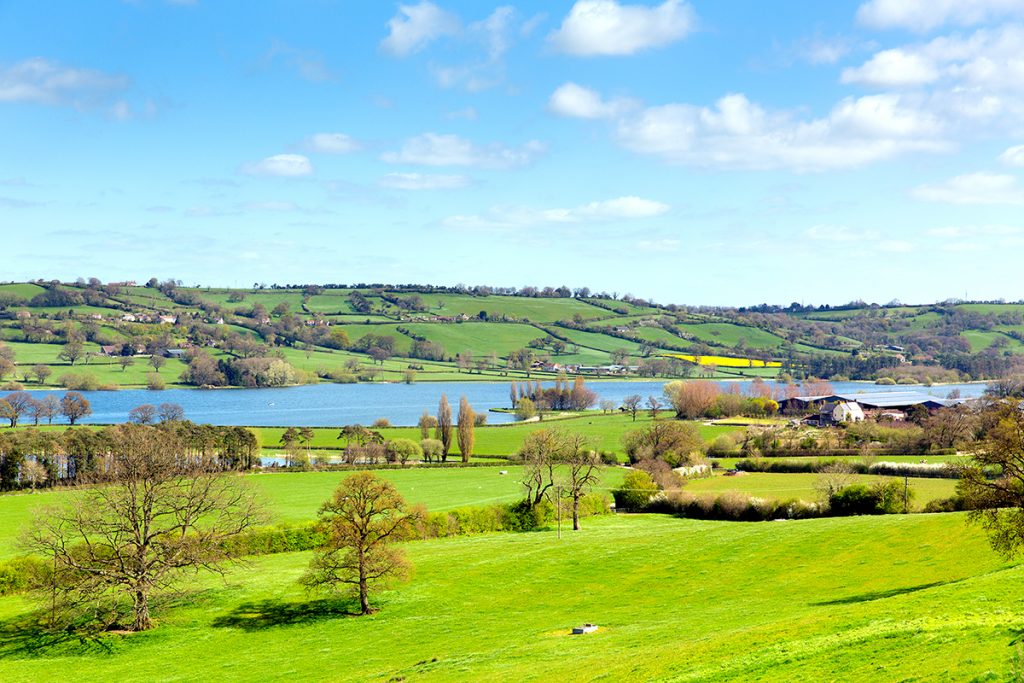
But before you start writing, you will want to brush up on your writing skills. Blog articles are only as effective as they are well written. You will need to make sure yours are easy to read, informative, interesting, and entertaining.
Make sure to include attention-grabbing headlines, eye-catching images, informative subheadings, links to relevant pages on other websites, links to other pages on your own website, and a call to action (to book, sign up for a newsletter or read a related article, for instance). When you have written a blog, share it with potential guests on social media and by email.
Infographics
Infographics are another popular form of marketing content. Yours should also communicate information about your park or other subjects that will draw potential guests towards your website, but do so visually.
Attractive and informative graphics that are well laid out and decorated with visually appealing details and text in complementary fonts are excellent attention grabbers and swift deliverers of messages. You can embed infographics in blog articles or share them as standalone pieces that link back to your website. A study by OneSpot has shown that good use of well-crafted infographics has been shown to increase traffic to websites by an average of 12%.
Stats, awards, things to do onsite, things to do nearby, a design built around a photo of the canopies above your park’s nature trail bursting with spring blossom: these are all great subjects for infographics. They are best used as a way of getting across anything you want to communicate briefly and quickly.
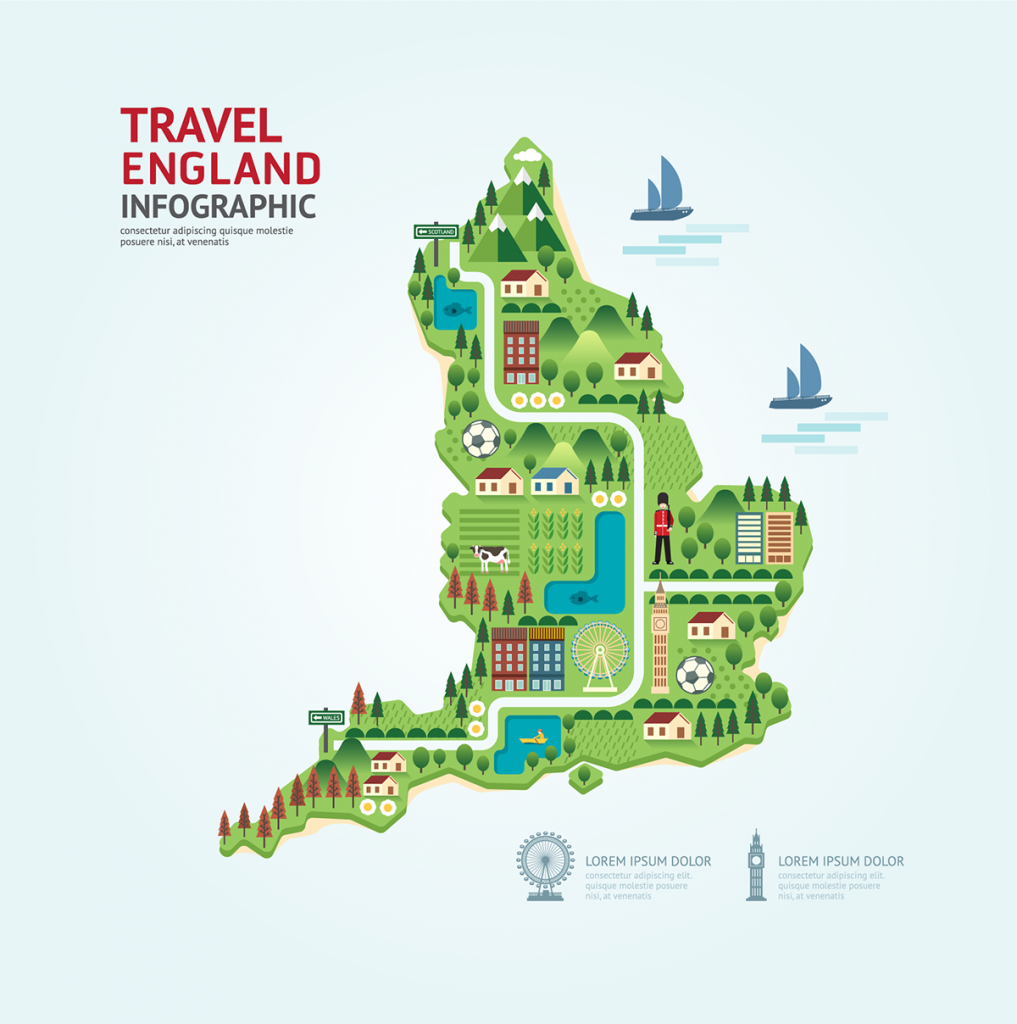
As with blog article writing, before you start making infographics, you will do well to get to grips with some graphic design skills. This will help make sure yours are visually appealing and that they communicate their messages efficiently.
Effective content marketing for holiday parks delivers massive benefits. Infographics and blog articles are your secret online weapons to show and tell potential guests about all the things that make your holiday park uniquely attractive. In doing so, they draw potential guests to your website and help convert them into real paying ones. Remember, though, that content marketing for holiday parks is only as effective as the quality of the content created and shared. Quality and consistency are the keys for unlocking ever greater online awareness and attractiveness, which in turn, are the keys to maximising your revenues.
Social media marketing for holiday parks
Social media marketing for holiday parks is about using social media platforms to increase awareness of your park, persuade potential guests that your park is a good place for a holiday, and direct potential guests to your website. It can and should also be used to communicate with potential, past and present guests.
Social media has revolutionised the way we share information. In years gone by, only the biggest print and broadcast publishing companies had the reach to communicate with big public audiences. Thanks to the rise of social media, we all now have that potential and a huge number of us are making use of it. 91% of Millennials, 76% of Generation X, and 50% of Baby Boomers are active social media users (eMarketer). Globally, the number of social media users grows by 1.3 million every day (Hootsuite).
Social media users can build their own audiences, and even better, they can shape them. You can too. By sharing the right content on the right social channels at the right time, you will build up followings of people who are interested in what your business has to offer. In other words, your own specially crafted audiences of potential guests.
Here are three of the main social media channels and how they are useful in the context of social media marketing for holiday parks.

Facebook is the most popular social media channel and the one most popular with older audiences. Text, images and videos can all be shared on Facebook. The versatility of Facebook is made even more powerful by its instant messaging function, which allows you to chat to your audience in real-time.
Instagram is an image sharing platform. Posting on Instagram is an excellent way to show off to your audience how great and how beautiful your park and its surrounding area are. Got a great picture of your park lit up in the golden rays of the setting sun? Let its glory shine on Instagram.
Tweets are short pieces of text. The beauty of Twitter is the ease with which it allows you to share information instantly and talk directly to potential guests. Got a new special offer to announce? Tweet it to the world from the Twitter treetops.
As self-publishing platforms, all three of these social media channels are excellent places to share your blog articles and infographics.
Anyone can publish on social media, but that does not mean gaining popularity is easy, and it certainly does not mean it is guaranteed. And once you have built popularity, the next challenge is to convert it into paying guests. Your social posts should be varied, and depending on the channel, well written, visually appealing, or both. All posts should be of interest to your audience. It is them you are posting for, not you.
Email marketing for holiday parks
Another great way to promote your park and share information is by sending marketing emails directly to the inboxes of potential guests. Examples of the type of email you will want to consider sending include:
- News of special offers
- News of availability
- Showcases of stock
- Content distribution
- Follow-up emails to ask guests for reviews
Again, the overarching aim here is to raise awareness of your park, draw potential guests to your website and encourage those potential guests to convert into paying ones. Your marketing email should always be of interest to whoever you are sending them to and should always contain a link to your website.
The more email addresses of potential guests you have to send your marketing emails to, the better the results from your marketing email efforts will be. So use whatever opportunity you can to collect email addresses of potential guests. And don’t forget that previous guests, with some nurturing, are likely to become returning guests. Make sure, then, to keep the emails addresses (with opt-in) of everyone who books a holiday on your park on record.
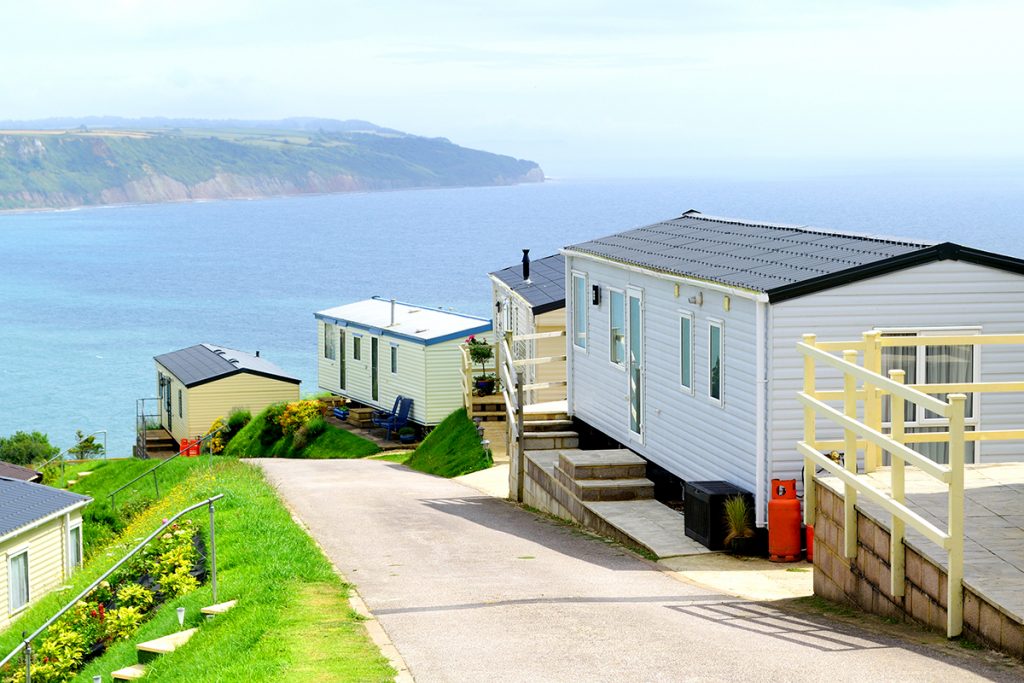
It is important to note that potential guests will only open an email if it looks like it will be of interest to them. If your email looks uninteresting, receivers will bin it like an unwanted Christmas present, except they will not even remove the wrapping.
Your subject line must entice receivers to open the email and its content must persuade them to use the special offer, read the blog, complete the holiday satisfaction survey, or whatever else it is you want them to do. Well written, visually appealing emails with relevant content are therefore a must. If your marketing emails are of poor quality and irrelevant, recipients will begin to unsubscribe.
Do email marketing well, and you can expect it to multiply the price you spend on it many times over.
SEO for holiday parks
Search engine optimisation or SEO for holiday parks is the collective name for the actions you can take to help ensure your website appears higher up search engine result pages. Research by the search-targeted advertising company Chitika has revealed that websites that appear on the first page of search results receive 95% of online traffic. SEO is therefore critical if you want your website to be visible to potential guests entering relevant search terms on search engines.
SEO is formed of two camps.
On-page SEO
This term refers to three things you can include within the text that appears on your website to help make your website more visible to search engines.
The first is keywords. Keywords, and their taller siblings, keyword phrases, are words and phrases that are commonly entered into search engines. Adding them to the text on your website signals to search engines what that text and the webpage it appears on are about.
You should include keywords in your text that are relevant to your business. But how do you identify relevant keywords?
Say, for example, your park is in the Lake District and has holiday lodges for rent. What would someone looking for something that your business provides type into a search engine to find it? It is very likely they would enter ‘lodges for rent in the Lake District’.
And there you have it. This is one example of a search term that you would want your park to appear high up on search results pages that are generated when it is entered into a search engine.
To optimise your website for a keyword phrase, include that phrase within the text that features on your relevant webpages. But be careful how many times you add it. Too few, and search engines might not pick up it. Too many, and search engines will penalise you for ‘keyword stuffing’.
Note too, that search engines grade websites according to the quality of their content. Websites that have plenty of well-written content are given preference on lists of results over those that do not. As you have probably guessed, regularly updating your blog with new, well written, keyword-rich articles is one of the best things you can do to improve your website’s SEO.
The other two aspects of on-page SEO are internal links to your other webpages and external links to web pages on other websites. Embedding links to other pages on your website within your webpage text helps search engines map your website, and the better search engines understand your website, the more likely they are to place it higher on their lists of relevant search results. Links to external websites that have strong domain authority funnel some of that authority into your own site. As with keywords, be sure your webpage text includes them, but be careful not to overdo it.
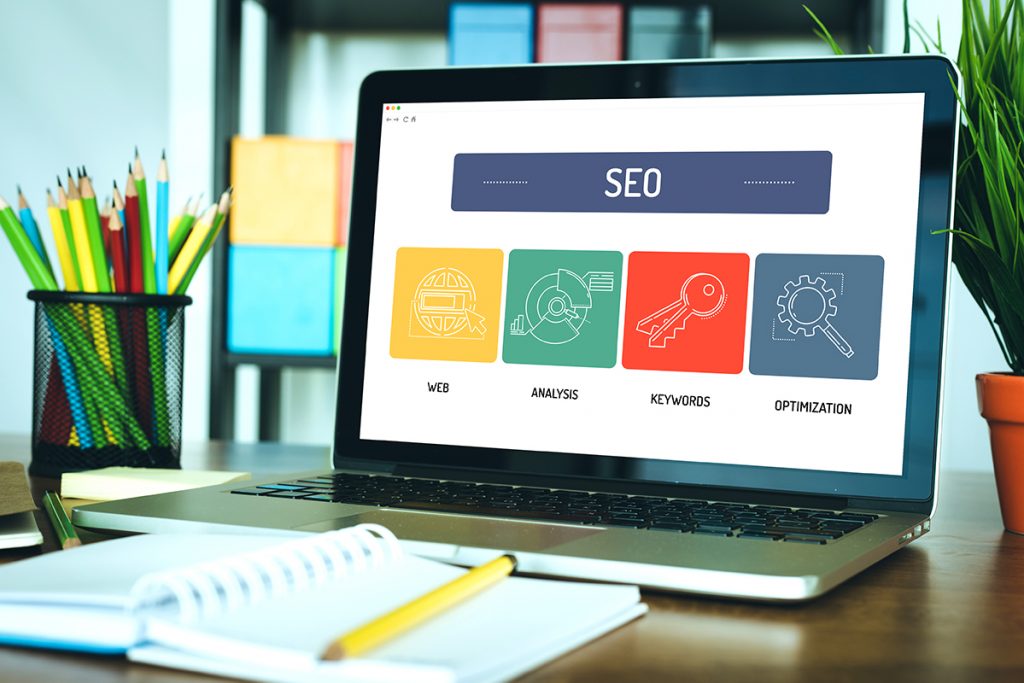
Off-page SEO
The other camp of SEO is all about what takes place outside of your website. That means backlinks. These are links on other websites that direct clickers to your website. To search engines, backlinks are votes of confidence. The more a search engine trusts the website casting the vote – i.e. how strong that backlinking website’s domain authority is – the more trust they will extend to the external website they have linked to.
As you create and publish more and more quality content on your website you will gain more online visibility. This visibility will help you earn backlinks ‘organically’, as digital marketing industry jargon terms it. In other words, other website owners will find your useful content and include links to it their own content.
There are, however, additional methods you can use to get other websites to backlink to your own. Writing guest posts that link to your website for blogs hosted by other websites is one. Another is to have your website listed and linked on a popular online directory. When considering SEO for holiday parks, a backlink from a long-established, industry-leading online holiday park directory is about the best you can get.
PPC for holiday parks
Pay Per Click is a form of online advertising.
It is an arrangement between you, the owner of the advert, and the website hosting your ad, the advertiser. PPC is what it says on the tin: you pay the host every time someone clicks on your ad then lands on your website. Digital ads might be anything from webpage banners, images, text snippets, videos, or simple standalone links.
Here are a few of the most popular PPC options for holiday parks.
Google Ads is the king of PPC. Do a deal with Google and they will put your ad, or in this case a link to one of your webpages, in one of the top spots on their relevant search results pages. Think of it almost like paid for SEO. The advantage is that your website will shoot straight to the top of relevant search results pages on Google. The downside is that Google will charge you every time a web user clicks for raising your link up the list.
Paid ads on Facebook are hugely popular. They are used by 70% of marketers and that probably has a lot to do with their versatility. They allow you to place custom made videos, photos and graphics into the feeds of users selected because they match the profile of your potential guests. Some companies have reported returns of x2.5 on their Facebook ads investments.
Twitter Ads is a type of PPC through which you can make a series of posts or profile badges visible to potential guests. And there’s a further perk. Twitter Ads also allow you to set specific business goals for your PPC campaigns. That could be getting more people to visit your website, gaining more Twitter followers, or getting more engagement on your tweets.

With PPC for holiday parks, it is important to get two things right.
- Put your ad in the right place. You want it where it will be seen by the type of people who will see the picture of your park, your accommodation or your area and think “I want to holiday there”.
- Ensure your website has a logical, easy to navigate structure, enticing text, and visually appealing images. If your ad is good, but your website is failing at its task to convert visitors into guests, you will end up falling into the pitfall of PPC: you will spend more on it than it brings in for you.
Marketing analytics for holiday parks
Easily gathered, easily stored and easily understandable data is one of the wonders of digital marketing. Whether it is by counting likes, shares, views, clicks, and time spent on a page or form fills completed, the success of every one of your digital marketing efforts can be measured with pinpoint accuracy.
The stats you gather paint a clear picture of what is working. They will reveal which of your channels is generating the most engagement from potential guests, and which types and subjects of content your potential guests like the most.
Armed with these insights, you have all the knowledge you need to continuously tweak and perfect your digital marketing efforts, and in doing so, spread awareness of your park ever further and draw in more and more enquiries from the type of guests you want to attract.
Why digital marketing for holiday parks is so important
“Okay, that is all great”, you might be thinking, “but why is digital marketing for holiday parks important?”
Holidays are ever more increasingly searched for, found, and booked online. For this reason, the importance of effective digital marketing for holiday parks has shifted from necessary, to vital, to critical. The practices described in this article now underpin the competitiveness of your business. More and more of the holiday lettings industry is wising up to this shift and how it continues to elevate the importance of digital marketing. You should master the practises described above now simply to keep abreast with the pace of the change.
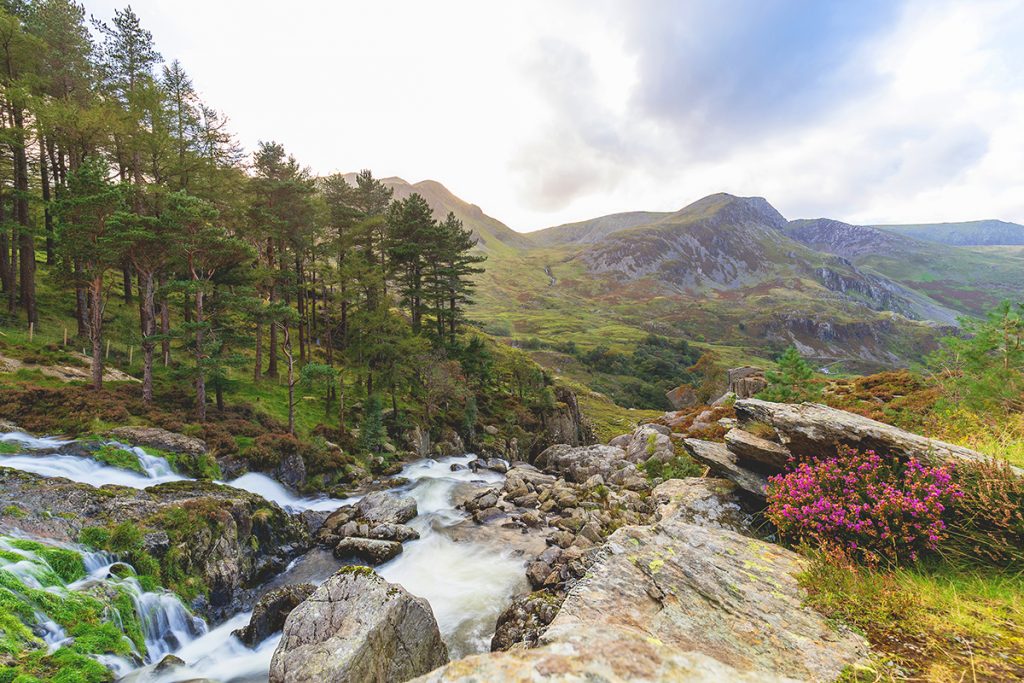
The good news is, when you do master digital marketing, you will:
- Gain the ability to speak to potential guests and better understand what they want
- Spread awareness of your park
- Form the way people think about your park by promoting its best features
- Create more business leads and enquiries from the type of guest you want to attract
- Use accurate and easily gathered data to continuously perfect your digital marketing efforts
We hope this guide has helped you to understand the basics of digital marketing for holiday parks and what you need to do to promote your business effectively. You likely now also have a sense of the time and the skills that effective digital marketing for holiday parks entails. It is a big undertaking. Thankfully, it is also one you can unburden yourself of.
The Gold Standard Service
Michael Paul’s Gold Standard service is ready and waiting to provide you with a virtual back office staffed by a 17-strong team of UK holiday lettings experts. The team includes industry specialist marketers, marketing strategists, writers, social media promotions experts and design professionals poised to handle every aspect of your business’s digital marketing.
All work done by your Gold Standard virtual back office will be completed in your name, under your brand. If you wish, the service can also handle your traditional marketing, customer service, bookings, and revenue management.
Best of all, the costs are guaranteed to be outweighed by what is likely to be £1000s in extra income the service will earn for you.
To discuss how the Gold Standard service will benefit your business, call Michael Paul on 01275 371133 or email him on michael@michaelpaulholidays.co.uk.

2 replies on “How to Attract More Bookings: Digital Marketing for Holiday Parks”
[…] More and more marketers are using traditional marketing methods to funnel people towards their digital marketing materials and channels. Your print ad featuring a picture of one of your quirky glamping pods might […]
[…] you start using digital and traditional marketing to promote your park, you will want to set out what you aim to do in a […]